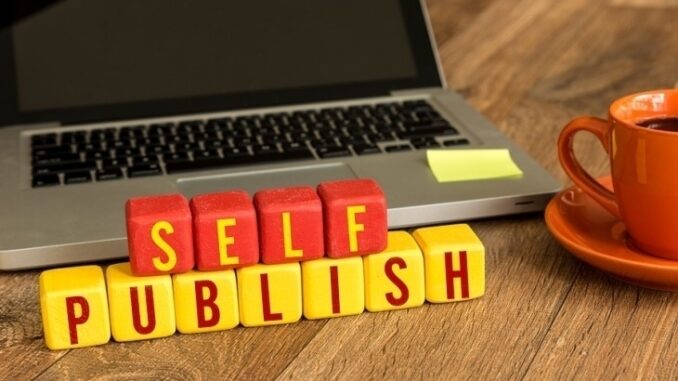
It is now easier than ever to become an author. Self-publishing services of all sorts are less expensive and more accessible than they have ever been, and countless would-be Hemingways are getting their magnum opuses (opii?) out to the world on their own, without the help of a big publishing house.
If you want to publish a book (and really, who among us doesn’t?), here are some tips to help negotiate the often-complicated world of self-publishing. We put them in chronological order, from the beginning of the writing process to marketing of the finished product.
Key Things To Remember When Self-Publishing
Figure Out A Format
There are three main types of self-publishing – e-book, print on demand, and vanity presses. There are countless companies that provide one or a combination of those services, and also provide various (usually expensive) add-ons – one will even charge over $100 just to make sure you can speak to a real person on the phone when you have a problem!
Five big e-book platforms are examined in this blog post, and this post has reputable recommendations for both print and e-book options.
Build An Audience
The most successful way to get people to buy your writing is first to give it away for free. Start a blog, post frequently, and interact with your readers. Make sure to tweet – Twitter, lest we forget, is a microBLOGGING service. In addition, find popular sites that relate to the topic of your soon-to-be book, and write for them.
The second part of building an audience is to know who you’re writing for. “People who like to read” is not a good answer. In general, non-fiction books with very specific niches do well in the self-publishing world – religious books, for example. Most importantly, make sure that your book is interesting and revealing, no matter the topic. If you’re worried about what your friends, co-workers, or family will think when they read your manuscript, you’re on the right track.
Gather A Team
Writing your book is only the first step. To stand out in the world of self-publishing, the quality of every aspect of the product has to be indistinguishable from books put out by major publishers, so you’re going to need help. Hire an editor, hire a copy-editor, hire a cover designer. If you’re making physical copies, hire someone to help with that (DO NOT try to lay out a physical book by yourself if you’ve never done it before – trust us on this). If you can afford it, you should also get help with marketing. Check here for a cost breakdown.
Market-Test Your Ideas
Once you’ve gathered an audience and hired a team, try out different aspects of your product on your audience. Get different cover ideas, or title ideas, and ask your audience to comment or vote. It’s a quick and easy way to see how your ideas play in the real world.
Price To Sell
One advantage you have in self-publishing is that you can set your own price. Use that to your advantage. Most e-books sell for between $.99 and $5.99, so be sure to price competitively.
Amazon Is Key
As author Jeff Goins makes clear in this post, Amazon should be your best friend as a self-published author. But many authors don’t take full advantage of the platform. Make your Amazon store look great! Solicit reviews, check the proper categories – do everything you can to make it look great.
One other key point about Amazon – it is the way the vast majority of people are going to first encounter your book cover. So make sure to design a cover that looks good in an Amazon-sized thumbnail!
Marketing
Self-publishing has one thing in common with traditional publishing – you’ll have to do all the marketing yourself. Develop a marketing plan to really launch your book (in tandem with a PR professional, if you can afford it), and make sure you have multiple strategies, in case a few of your ideas don’t work out. And don’t forget about your neighborhood! You should set up readings and signings at local libraries, fairs, and the like.
